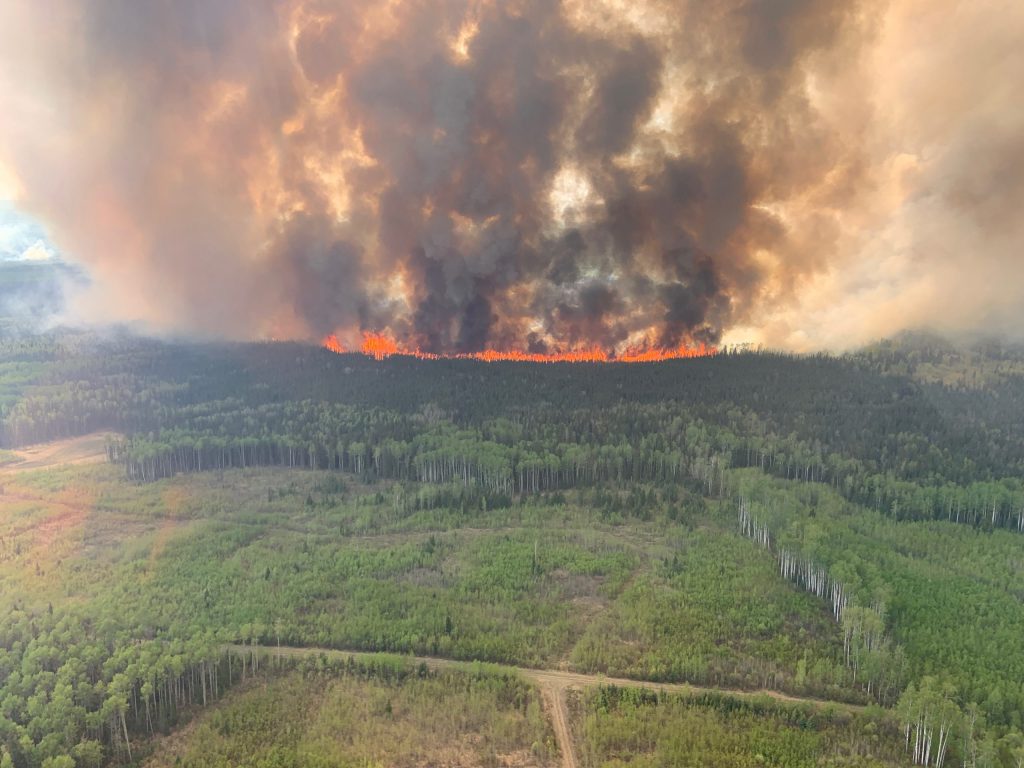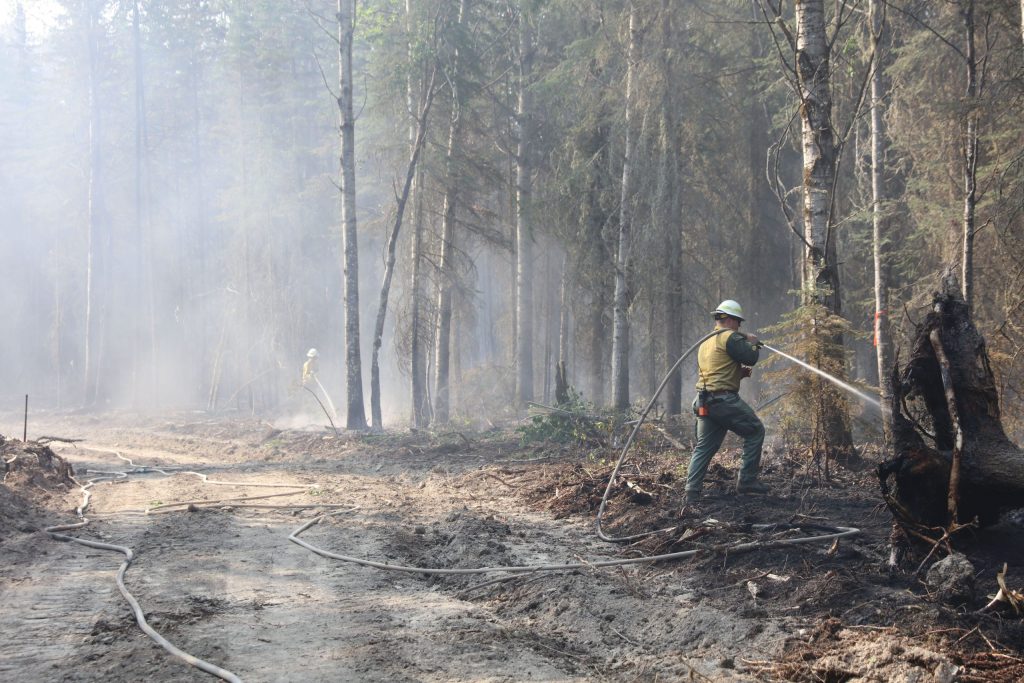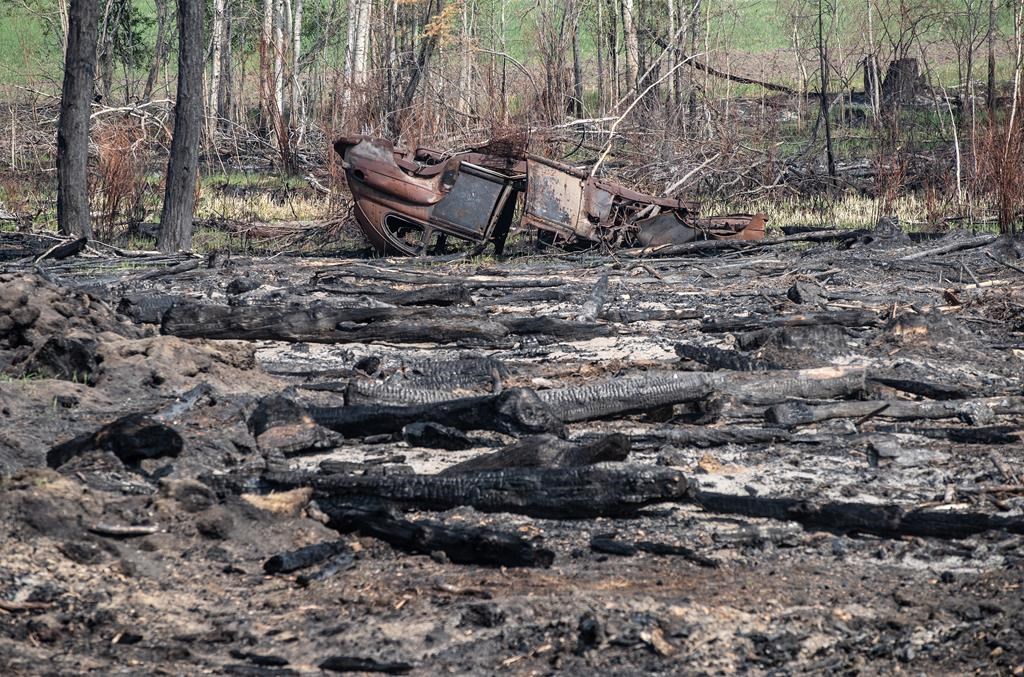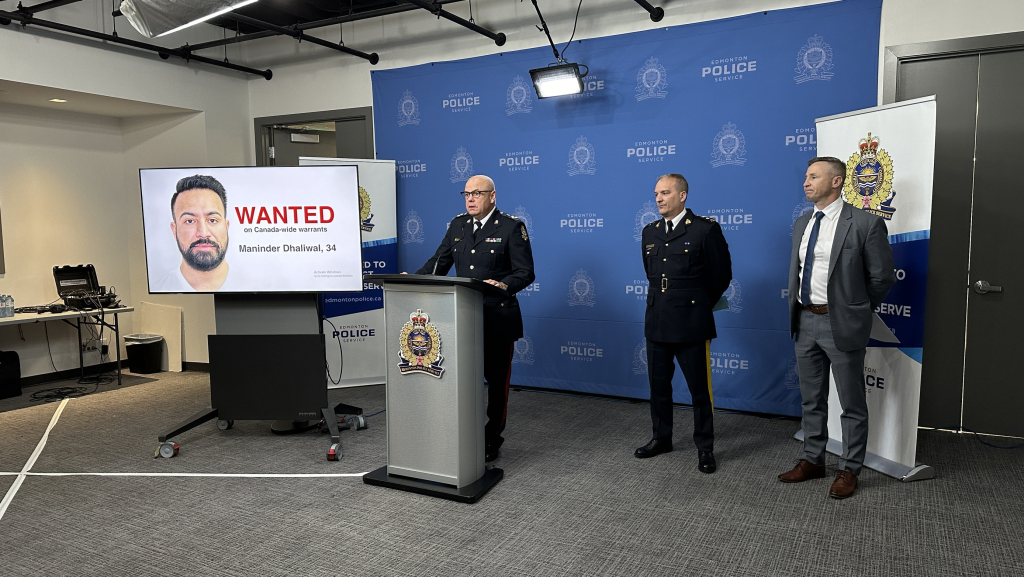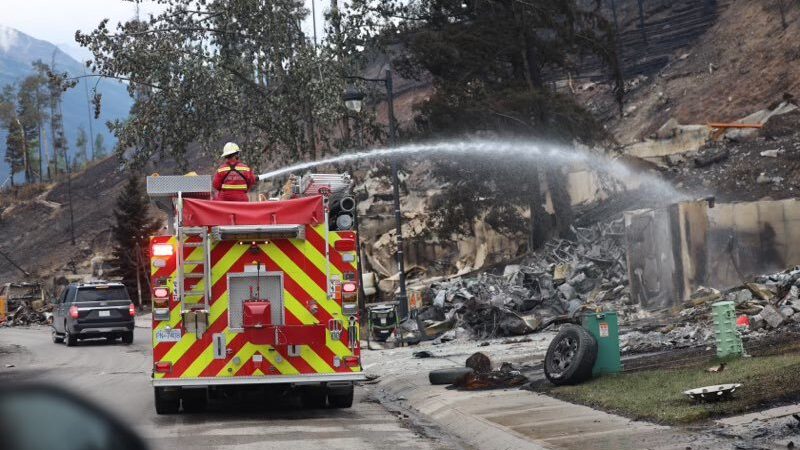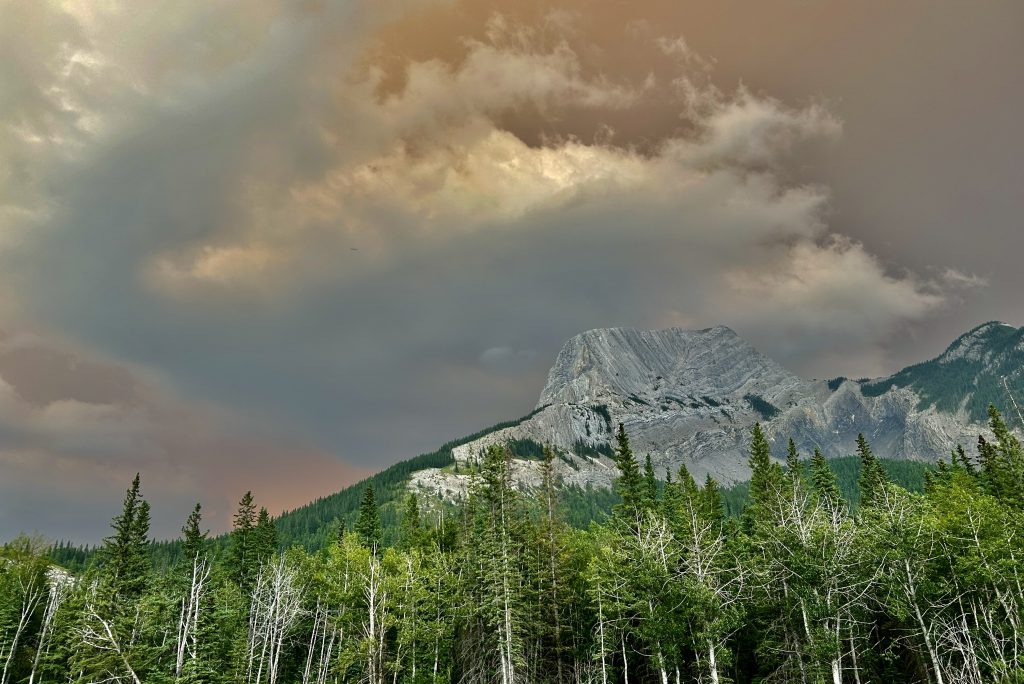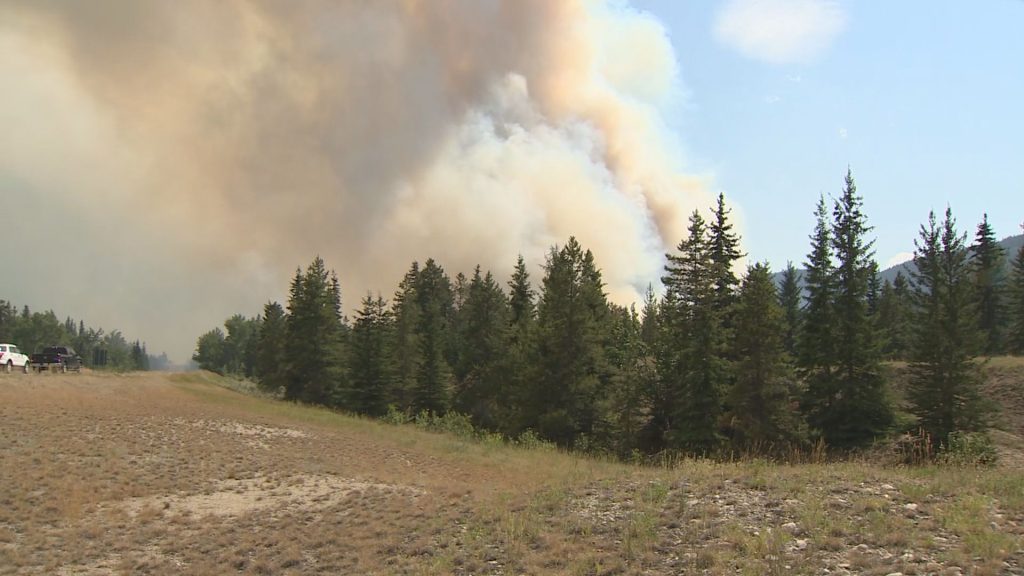Wildfires still a concern in Alberta despite being outside normal season window

Posted November 24, 2023 2:28 pm.
Last Updated November 25, 2023 9:10 am.
Wildfire season in Alberta is normally done by this time of year. However, due to the unusually warm weather, the fire risk has not gone down in the province.
“We’ve been experiencing some warm conditions. It’s been warm and dry. There was a bit of snow in October, but since then we’ve had a very hot stretch so that snow has melted in most of the boreal area and we’ve seen the wildfire risk increase as a result,” explained Josee St-Onge, Provincial Information Officer with Alberta Wildfire.
“Normally at this time of year, we’ve had a healthy snow cover by now, and that’s what prevents wildfires from starting and spreading. We haven’t had that kind of weather so far this winter, so the fire danger risk is climbing.”

St-Onge said due to this, Alberta Wildfire is still uring extreme caution to all Albertans, especially those looking to go backpacking or hunting.
“Never leave a campfire unattended,” stressed St-Onge. “Don’t assume that just because it’s chilly outside the fire won’t spread. So once you’re done with it, it’s super important to put it out properly.”
Steps you can take to make sure your fire is properly extinguished include:
- Soak the fire;
- Stir the ashes;
- Soak it again, until there is zero heat coming from where the campfire was.
Alberta Wildfire is also asking those who usually burn off extra brush or any burning projects in their yards to wait until there is at least 15 cm of snow on the ground.

Record-breaking season
2023 was a record-breaking wildfire season. According to the Alberta wildfire dashboard, there were over 1,100 wildfires within the province — not counting carryover or mutual aid wildfires.
The provincial data also notes that so far in 2023, over 2,211,900 hectares were burned by wildfires — which is over 11.5 times more area burned than in 2020, 2021, and 2022 combined (3,272; 54,050; and 131,269 respectively).
New wildfires have also started outside of the normal wildfire season. As of Nov. 24, there are 67 wildfires burning in the province, with 19 of those starting in November.
RELATED:
St-Onge says normally Alberta Wildfire hires crews on a seasonal basis, and this time of year, they usually have fewer firefighters.
“At this point, we’re still able to respond to the new wildfires that have started. Luckily we’ve caught them while they were still small, so there haven’t been a lot of fires that have gotten out of control and caused damage,” she explained before adding that efforts are being made to mitigate new fires to avoid thinning crews.

The province adds that out of all the wildfires, 683 were caused by humans, 381 were caused by lightning, and 53 are still under investigation.
Some of the worst affected areas in the province were the High Level, Slave Lake, Fort McMurray, and Edson Forest Areas.
Whereas Lac La Biche, High Level, Peace River, and Slave Lake Forest Areas had the most individual fires.
